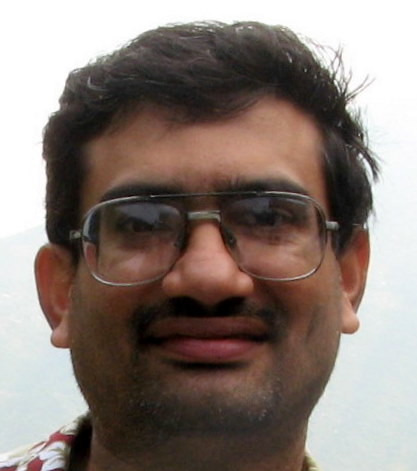 We were driving amidst green and serene coffee plantations in Coorg, Karnataka. Due to some commotion ahead, our car had to slow down to a crawl. The entire Coorg area is at an elevation, and while not really hilly, the roads were narrow and winding with lots of ups and downs.
We were driving amidst green and serene coffee plantations in Coorg, Karnataka. Due to some commotion ahead, our car had to slow down to a crawl. The entire Coorg area is at an elevation, and while not really hilly, the roads were narrow and winding with lots of ups and downs.These plantations employed the absolute state-of-the-art technology for coffee cultivation. They were able to simulate the timing and amount of rain needed to maximize their crop output. All this technology, combined with migrant labor (needed to harvest the coffee) made for a winning formula for the plantation owners.
The commotion ahead of us was because a huge red tractor had overturned by the side of the road. I don’t mean that it was tipped over to its side. It had turned over 180 degrees, with its 4 gigantic wheels facing up. I fully expected to see the mangled remains of the driver, but fortunately it seemed that he had jumped out in time.
There were around 12-15 men (workers and passers by) who had gathered, and were pushing the tractor with all their might, trying to turn it back on its wheels.
Now, if this was in the US, a traffic cop would stop by, summon a tow truck which would get the vehicle upright, take it to a shop to get it checked and be done with it.
But in India, even with so much technology around, it was just a few people trying to do it with their bare hands. There was no use of levers, and not even one rope was being employed.
To me, this seemed a very apt metaphor for what I’m constantly seeing in India. A select few are able to leverage automation and technology to attain stratospheric opulence, while the masses are still relying on brute manual labor to achieve their modest goals. For the few minutes that it took us to get pass it, the tractor hadn’t budged an inch.

 Ram
Ram





No comments:
Post a Comment